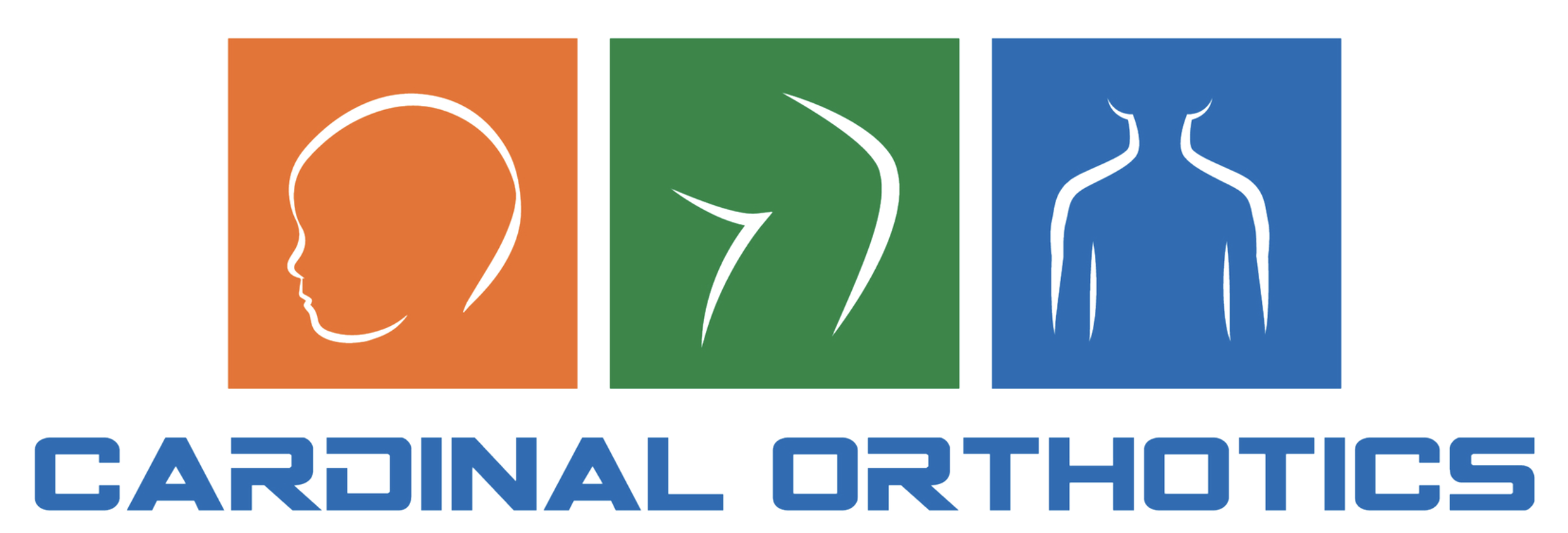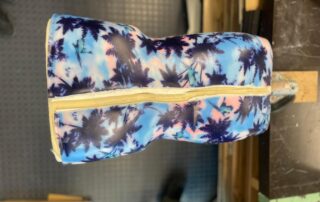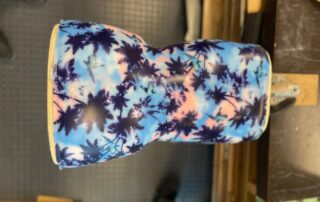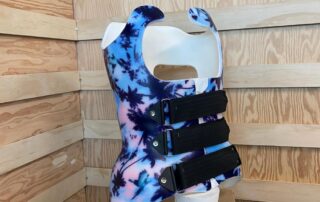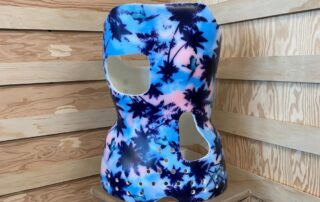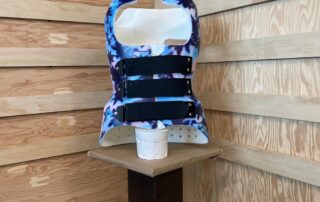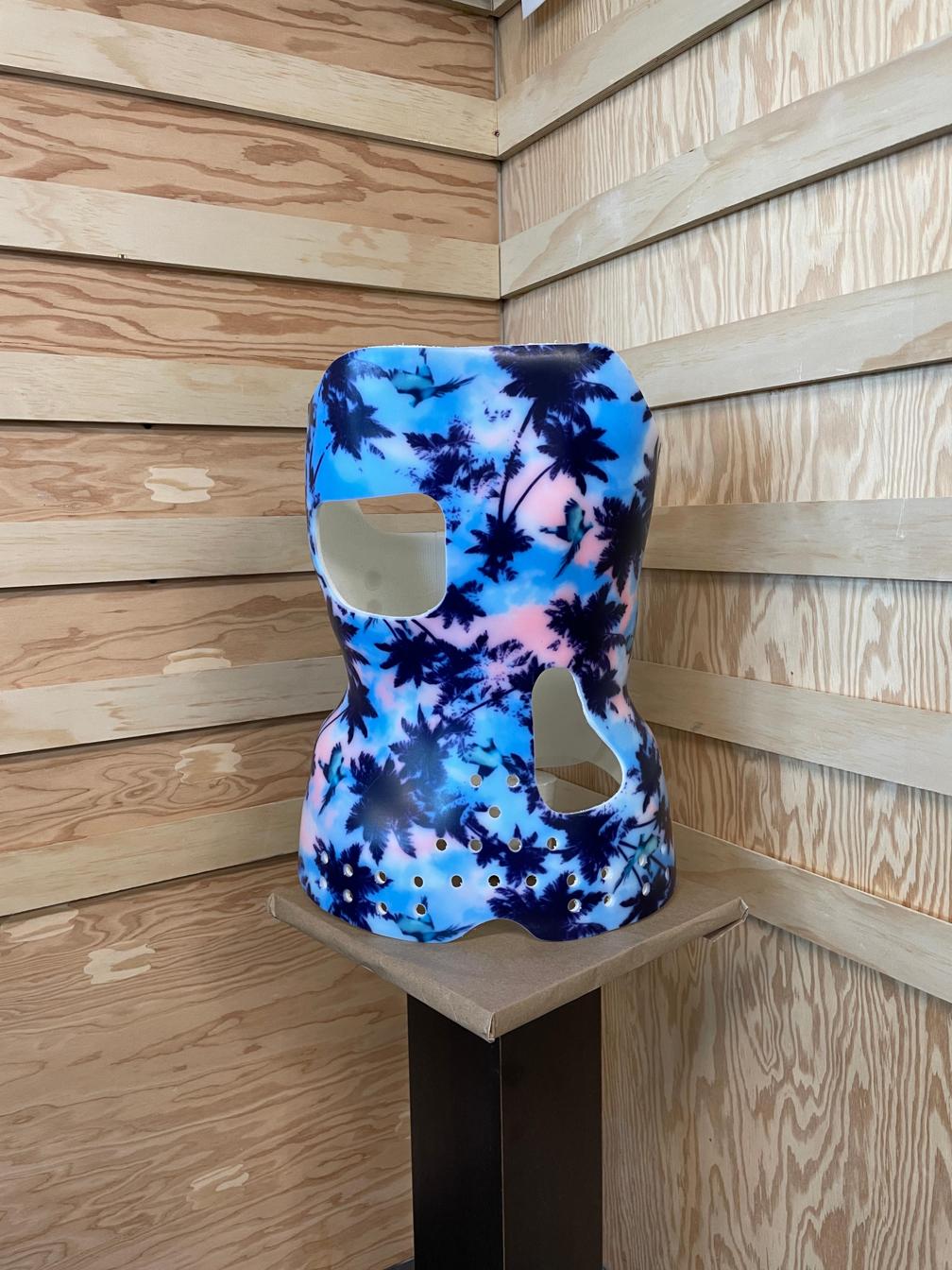
At Cardinal Orthotics, we provide comprehensive care for patients requiring spinal braces, ensuring a seamless process from initial assessment to final fitting. Our goal is to provide effective and personalized orthotic solutions to improve the quality of life for our patients. Below, we outline the steps involved in our spinal bracing process
Step 1: Initial Assessment
The journey begins with a thorough initial assessment, which is scheduled following a referral from a healthcare provider, such as a pediatrician or orthopedic surgeon. During this appointment, our certified orthotists will review the patient’s medical history, conduct a physical examination, and discuss any symptoms or concerns. We also assess the patient’s daily activities and lifestyle to tailor the treatment plan accordingly.
To accurately evaluate the spinal condition, measure curves in X-rays. These X-rays help in determining the severity of the curvature and other spinal anomalies. Detailed measurements, such as the Cobb angle and vertebral rotation, are taken to create a precise treatment plan.
Step 2: Treatment Planning
Based on the assessment and diagnostic imaging, a customized treatment plan is developed. If a spinal brace is deemed necessary, the type and style of the brace are determined. Common options include the Cheneau style TLSO (Thoracolumbosacral Orthosis), which is known for its effectiveness in managing scoliosis and other spinal conditions.
Step 3: Shape Capture and Measurement
Accurate shape capture is critical for the effective fitting of a spinal brace. The patient is scanned in various positions, including standing, supine, and prone, to ensure comprehensive data collection. During this process, a body sock is worn by the patient, extending from the axilla to the knees, to capture the precise contours of the body. Typically, the scoliosis assessment takes about an hour. We’ll measure your spinal curve and evaluate your flexibility.
Step 4: Brace Fabrication
Using the captured data, a custom model is created for the manufacture of the spinal orthosis. Our skilled technicians use advanced materials and techniques to craft a brace that fits perfectly and provides the necessary support and correction.
Step 5: Initial Fitting
Once the brace is fabricated, the patient returns to our clinic for the initial fitting. During this appointment, the brace is carefully adjusted to ensure optimal fit and comfort. Our orthotists provide detailed instructions on how to wear and care for the brace, as well as guidelines on the duration and frequency of use. This appointment is a 3-hour fitting session: first, we check the brace without straps and perform the first fit, then the patient has a 1-hour break. Afterward, we check the brace with straps, followed by another 1-hour break. Finally, we perform the last check.
Step 6: Follow-Up Appointments
Follow-up appointments are scheduled to monitor the patient’s progress and make any necessary adjustments to the brace. These appointments are crucial to ensure the brace continues to fit well and remains effective as the patient grows or as their condition changes. Regular check-ins also provide an opportunity to address any concerns or issues the patient may have. We take in-brace X-rays during these visits.
Step 7: Long-Term Monitoring
For patients with conditions such as scoliosis, long-term monitoring is essential. We work closely with healthcare providers to track the patient’s progress and make any necessary changes to the treatment plan. Our commitment to continuous care ensures that the patient receives the best possible outcome from their spinal brace. Appointments are typically scheduled every 3 months.
Step 8: Coordination with SickKids
It’s important to schedule an appointment with SickKids for a thorough evaluation of the brace’s effectiveness. After your appointment at SickKids, book a follow-up with us to discuss any modifications or feedback from their specialists. This collaborative approach ensures that your treatment remains on track and adjusted according to expert recommendations.
Cleaning and Maintenance
Proper cleaning and maintenance of the brace are essential for its effectiveness and longevity. Clean the brace with hand sanitizer and a cloth daily. If it becomes sticky, use water and soap, ensuring all residue is thoroughly rinsed off. Regularly spraying the brace can help maintain its integrity and ensure it functions correctly.
At Cardinal Orthotics, we are dedicated to providing exceptional care and support throughout the entire process, from assessment to fitting and beyond.
